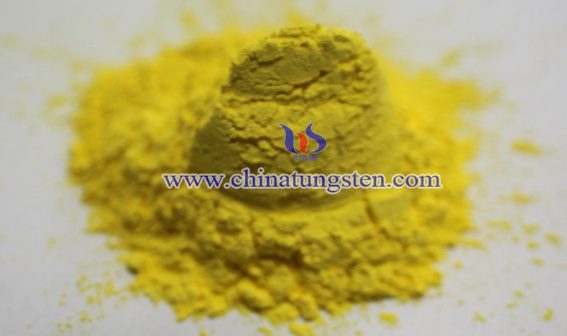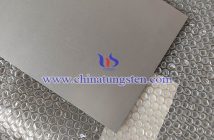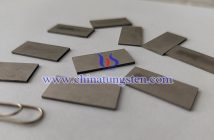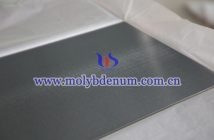Professor Minoru Nagata of Nagoya University and others have developed a thin film plate that can reflect about 50% of near-infrared light. This film board can transmit visible light, but its blocking ability for near-infrared light from solar heat sources is more than twice that of traditional products. If used in construction and automobile window materials, it can effectively regulate the temperature indoors or in the car. Currently, we are cooperating with material manufacturers to develop the sun visor to make it more practical. After testing stability and durability, we aim to commercialize it in about five years.
At present, most materials for shielding near-infrared rays use tin-doped indium oxide, etc. However, there are problems such as the procurement of rare metal indium, and increasing the near-infrared light shielding rate will reduce the visible light transmittance.
The sunshade developed by Professor Nagata and others is in the form of a film, consisting of about 20 overlapping layers of cesium-doped tungsten oxide films each with a thickness of about 3 nanometers (a nanometer is one billionth of a meter).
The sunshade can transmit 71% of visible light while reflecting 53% of near-infrared light. Professor Nagata said: "This may be the first time in the world that a material with both reflective and transmissive properties has been obtained."
In the experiment, different sun visors were attached to black clothes for comparative testing. Expose it to the hot summer sun for about 10 minutes, and then use a thermal imaging camera to confirm the temperature rise. It was found that the surface temperature of the clothes under the untreated quartz substrate reached 43 degrees Celsius. On the other hand, the temperature of clothes under the newly developed sun visor did not rise by 16 degrees like the previous test, but remained at 27 degrees Celsius. It can be seen that the new sun visor effectively suppressed the temperature rise.
The new sun visors are produced using a self-developed "high-speed liquid phase film production method." Drop the colloidal aqueous solution in which the cesium-doped tungsten oxide film is dispersed on the substrate drop by drop, and then suck it out. By repeating this operation, the film can be spread all over the substrate without gaps to form a thin film.
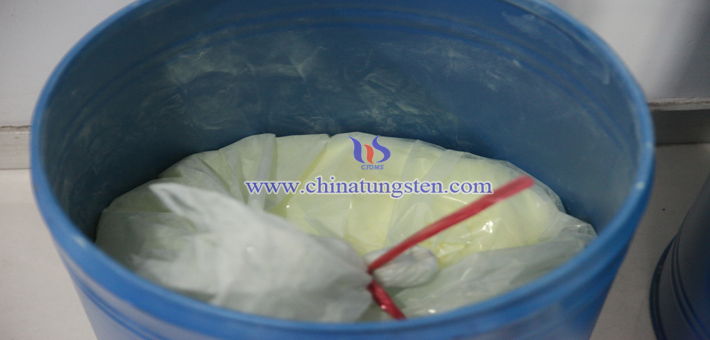
Professor Nagata said that since the product is in the development stage, the price of sunshades has not yet been determined at this stage. However, tungsten oxide raw materials are easy to obtain and can work just by coating them on materials such as glass. Since the manufacturing method is simple, manufacturing costs are expected to be reduced compared to previous products.
According to the 2018 report of the International Energy Agency (IEA), the electricity consumption of air conditioners, electric fans and other related products accounts for 10% of the world's electricity consumption. The International Energy Agency predicts that energy demand will triple by 2050.
Currently, air conditioning equipment is promoting energy conservation through methods such as installing inverters. But in addition to this approach, improving building insulation and improving window materials can also help curb energy consumption. From this point of view, the newly developed sunshades are expected to have high market demand.
Professor Nagata said: "Because the new diaphragm has both transmissive and reflective properties, it is also expected to be used in the automotive and architectural fields that pursue ornamental properties."

